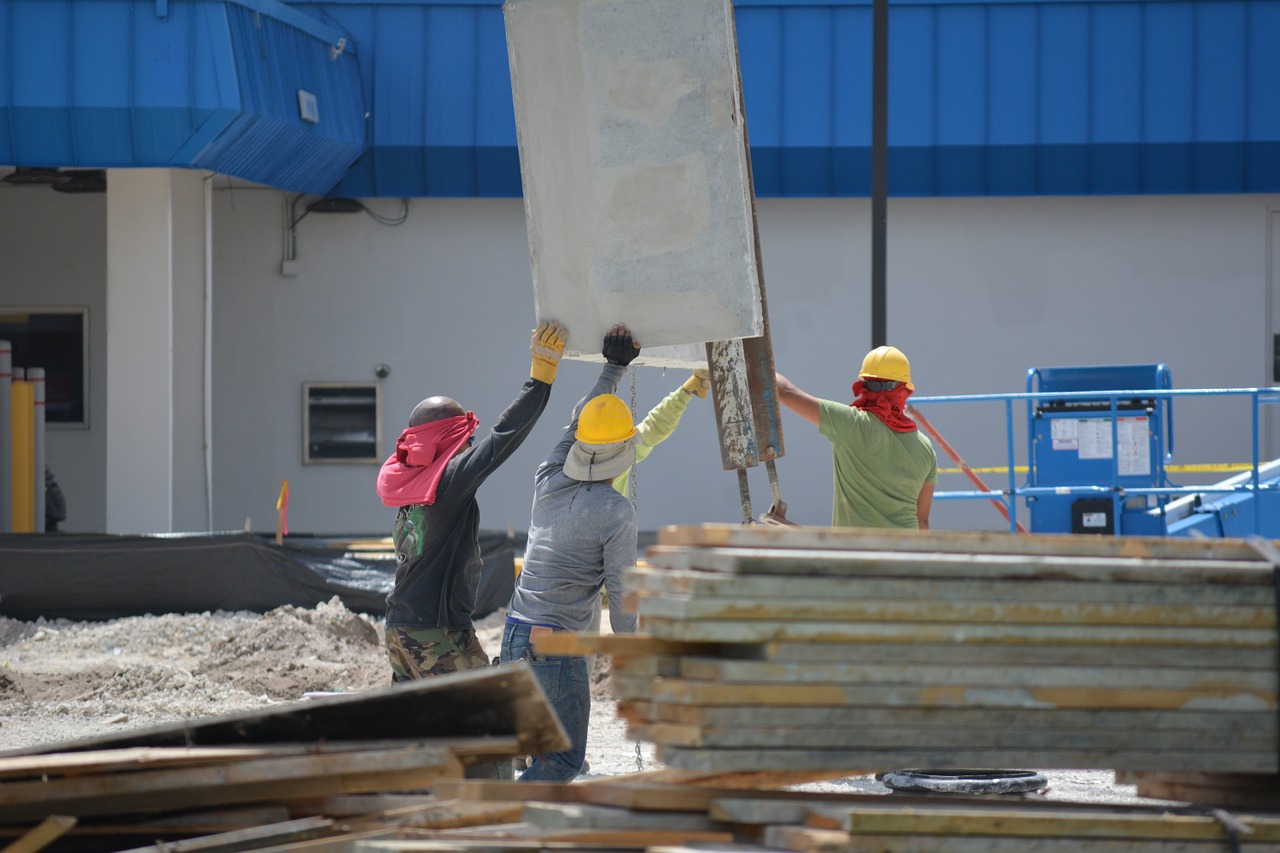
How to Prevent Lifting Related Injuries: Useful Tips for Construction Workers
How to Prevent Lifting Related Injuries: Useful Tips for Construction Workers
By Amanda Wilks
When was the last time you lifted something heavy? Chances are it wasn’t that long ago, yet there’s a chance that your lift might have been unsafe even if it didn’t seem that heavy or strenuous. Considering the commonality of back injuries among construction workers, it’s no huge surprise that lifting is an activity to be treated as methodically and carefully as any other physically stressful act.
Consider that the statistical limit for a safe lifting limit for one person is only 51 pounds assuming it is performed under perfect conditions. There’s a high chance a lift may become unsafe, however, as the upper limit assumes the object can be carried close to the body, its contents will not shift during transit, and the object is presumed to have some kind of handle. Realistically, real-world items don’t always come in perfect squares with sturdy handles.
Table of Contents
With the above top of mind, here are six steps to ensure your next lift is a safe one.

1.Wearing Safety Gear is Essential
As is often the case, preparation is key when taking on a job that may lead to injury if not performed properly. Manual handling accounts for a third of injuries in the workplace in the UK alone, and construction-related injuries lead to nearly twice as many spinal injuries compared to other workplaces.
When preparing to lift, make sure that you’ve dressed appropriately. You’ll want to ensure your grip and your stability remain solid to avoid twisting your back while carrying a load and dropping what you’re carrying could lead to leg injuries if it should land on you. Wear gloves designed to enhance your grip and ensure you have sturdy work boots with a reliable non-slip sole and steel-reinforced toes to minimize drop risks.
2. Know Your Route
Before you physically handle anything, you should have a clear idea of where you need to go with what you’re carrying. Stopping while holding heavy objects means a higher risk of strain or injury, so ensure you have a route planned out from your point of origin to your destination and that your path is free of workplace debris.
Additionally, ensure no one will be moving through the area you’re carrying objects through. Bumping into someone is a surefire way to drop things at best.
3. Know Your Lifting Limits
Let’s face it: most of us have lifted something we shouldn’t have. Maybe we were stressed and trying to rush through a job, or maybe we were trying to show we had the strength to do it, but the fact of the matter is that knowing your limits before you lift will keep you safer in the long run.
If you aren’t sure how much you can safely lift or even how often, lift calculators are designed to help construction workers and manual laborers can give you a rough estimate of how much weight you should handle to minimize your risk of personal injury. When in doubt, try to split up larger carries into smaller groups if at all possible. Extra trips may take more time, but your back will thank you in a decade or two.
4. Practice Good Lifting Form
If you’ve heard it once, you’ve probably had it drilled into you a million times: Lift with your legs, not with your back. Don’t twist during a heavy lift. Make sure you put down your load as carefully as you picked it up. The basic form might seem like common sense, but it’s easy to get caught up in a task and forget just how easy it can be to lapse on the fundamentals.
5. Don’t Lift for too Long
Lifting repeatedly without breaks almost guarantees a future of chronic pain and fatigue, so ensure you don’t end up in a position where you might be required to lift for hours on end with no respite. Take breaks when allowed, ensure you put down anything you’re carrying if you feel too fatigued to continue and never lift for longer than a weight limit calculator suggests as a basic rule of thumb.
6. Lift Smarter, Not Harder
If you have to lift something massive and unwieldy, do it safely. Don’t try to manhandle things by yourself; Instead, lift in tandem or move your efforts to lifting smarter through dollies, handcarts, forklifts or other lifting equipment designed to make your job easier. As a bonus, you’ll almost certainly finish faster and without feeling as fatigued to boot.
Conclusion
Remember, your long-term health is just as important as finishing your job. Don’t let company pressure or time constraints push you to the point where you permanently strain your body. Construction workers on the jobsite are under more physical duress than a vast majority of other jobs, so extra precautions must be taken to secure long-term health. After all, you can’t continue to work if you’ve suffered a lifting injury along the way.